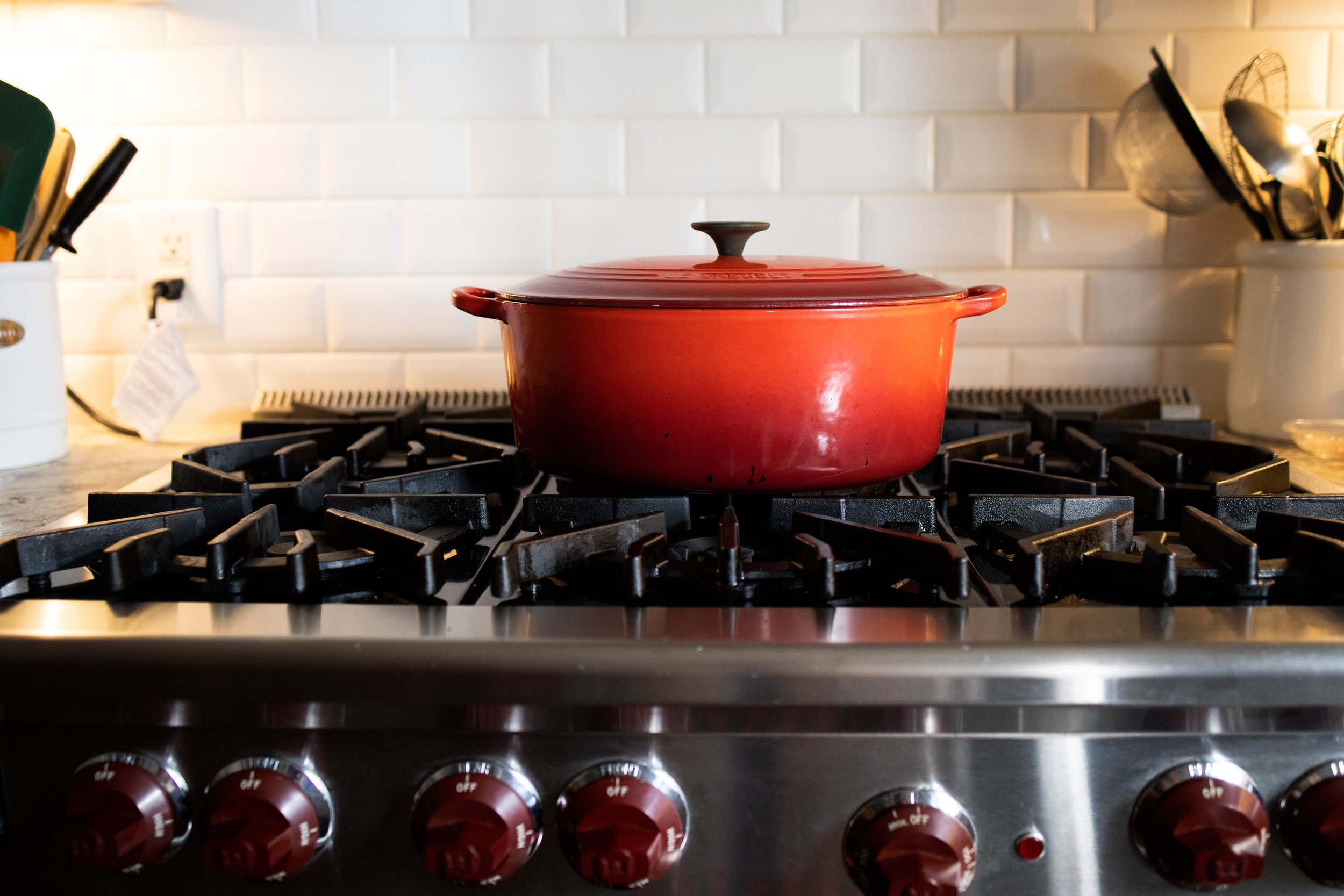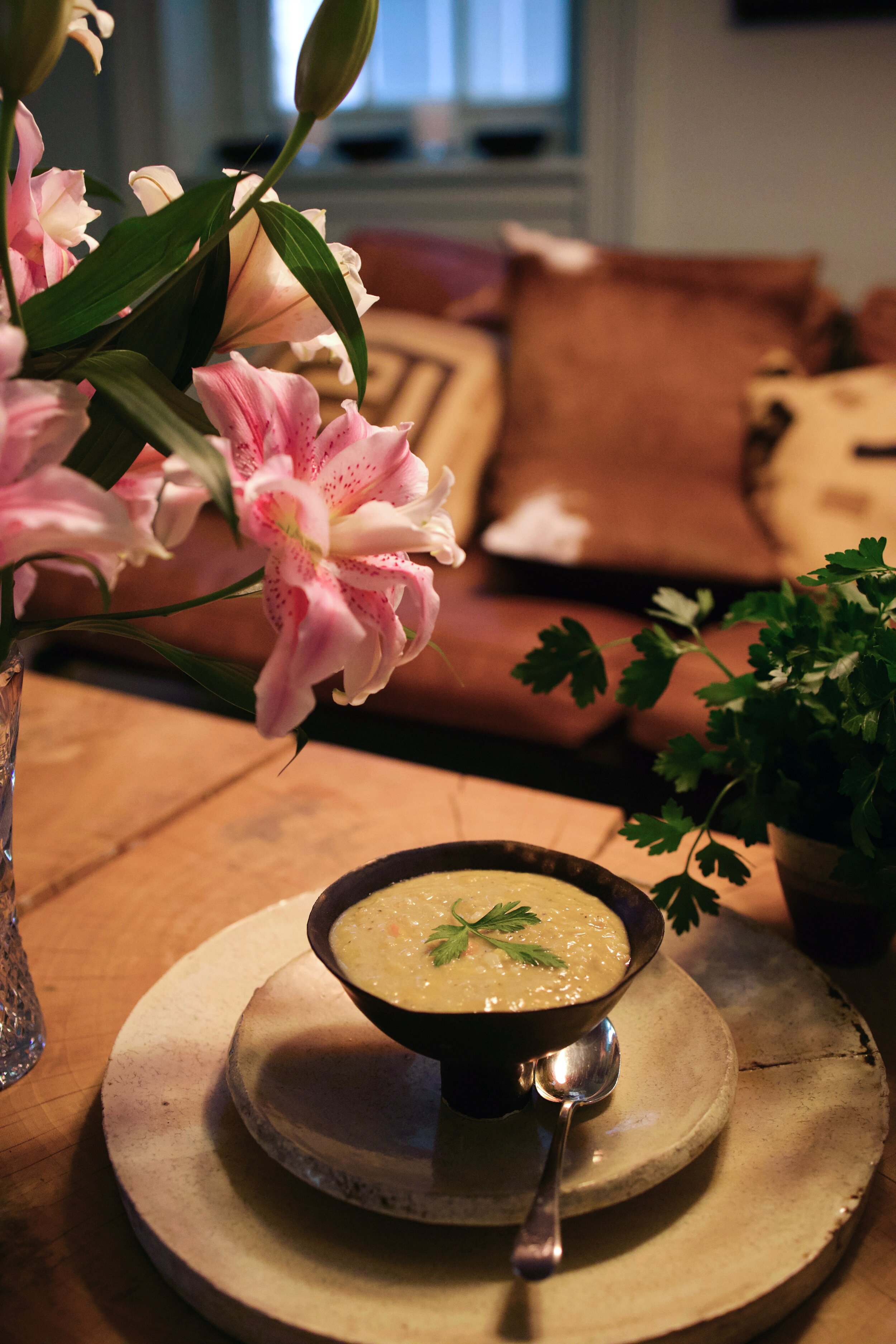One Action: OPEN YOUR LIQUOR CABINET.
Cook with gin, vermouth, tonic, bitters & more. Those bottles can do more than fill cocktail glasses. Let the elixirs flavor your dinner food, too. Last week’s Academy project (finding fun anyway possible) was cooking with booze, using tablespoons and cups, not shot glasses. Still consuming alcohol but with emphasis on creativity and sophistication. The alcohol gets burned off so dinner is still child friendly. And the aromas are divine, as Mae West might say...
Beefeaters & Beef
Beefeaters is more than a foundation for martinis and G&T’s! Smooth, silky and juniper scented, gin and beef is a marriage made in a pan. Sauté salted and peppered ribeyes over high heat. When steak is almost to your liking, pour in the gin and turn down the heat. Add a couple tablespoons of butter. While the gin and butter swirl together, turn the steak over a couple of times in the sauce. Remove steak to cutting board, slice, plate and pour gin sauce over steak slices while the juniper aromas are still strong.
Vermouth & Quail
The Vermouth bottle has been getting a workout. And when friends drop off quail, I quail with delight. After a quick flour dusting, sauté the birds in olive oil over medium high heat. When browned on one side, flip over. After both sides are brown, pour in vermouth. (our new favorite is Dolin.) Simmer until quails are cooked, throw in a tablespoon or two of butter, fresh thyme leaves, coarse salt and freshly ground black pepper. Done!
Vermouth & Savory Scones
When making ham and cheese scones (no yeast required) add equal parts vermouth to crème fraîche along with enough butter to satisfy fat requirements. To find out more, schedule a virtual scone class at the Academy.
Tonic’s Many Uses
Besides delivering a tiny hit of quinine, that lovely bitterness that mixes so well in cocktails, tonic can be whisked into flour (to the consistency of sour cream) making a batter for fried zucchini slices. Even children enjoy these green vegetables enclosed in crisp. After turning golden brown in very hot oil and draining on paper towels, use a generous hand when sprinkling coarse salt over the fried pile, because salt is a taste accelerator.
Don’t forget the bitters lurking in your refrigerator…
Who doesn’t love nuts? Add a healthy dose of Angostura when you make spicy nuts.
Roast 2 cups of unsalted nuts — a mixture of nuts is especially yummy — at 350 degrees for 10 minutes. Combine 1 tablespoon of Angostura bitters, 1 tablespoon brown sugar, 1 tablespoon honey, 1 tablespoon butter, 1 tablespoon chopped rosemary, 1/2 teaspoons of cayenne pepper and cinnamon and finally, 3 teaspoons of coarse salt. Mix with warm nuts. Serve with cocktails. Reheat extras for tomorrow and the next day and the next…or toss in a salad for crunch.
And desserts love liquor too.
You can flambé, scent, and build flavors with booze. Flame Bananas Foster with rum, make Grand Marnier or dry curaçao souffles, add tablespoons of sweet vermouth to macerate fresh strawberries for shortcake.
Inquire about Academy classes to learn these techniques & other spiritual matters. During the past few weeks we have learned how to hold your hand, guide you step by step, answer all questions and even look into your cabinets, examining mixing bowls and knives. Real learning takes place when you do all steps on your own! It’s not watching and wishing. It’s watching, doing, producing and tasting, together. Best of all, it’s hanging out with your friends and completing an activity!
























